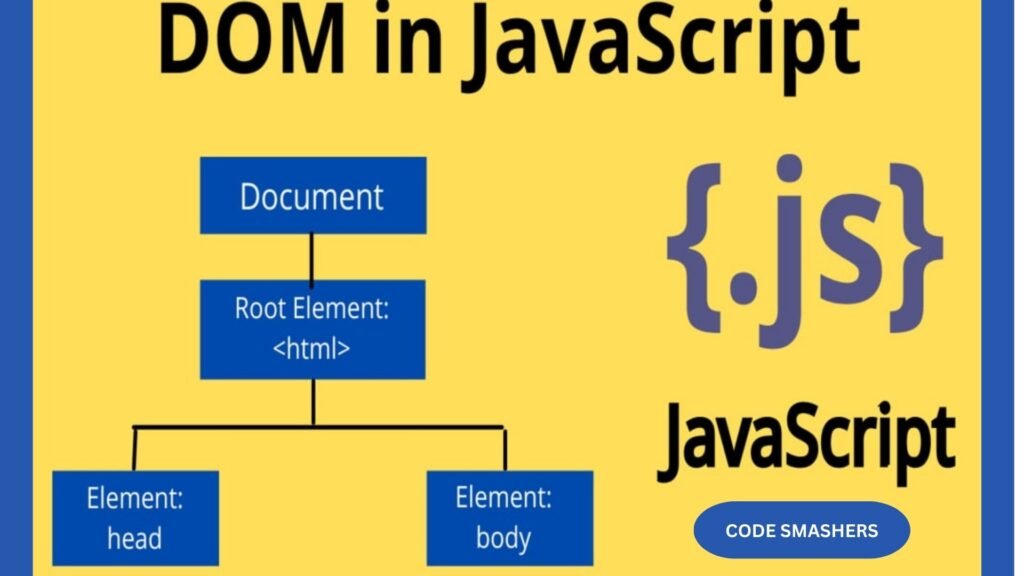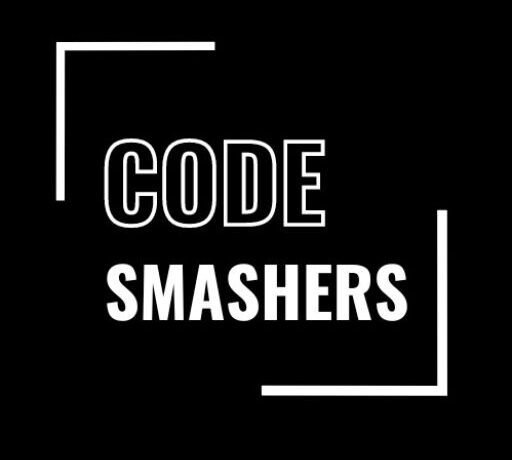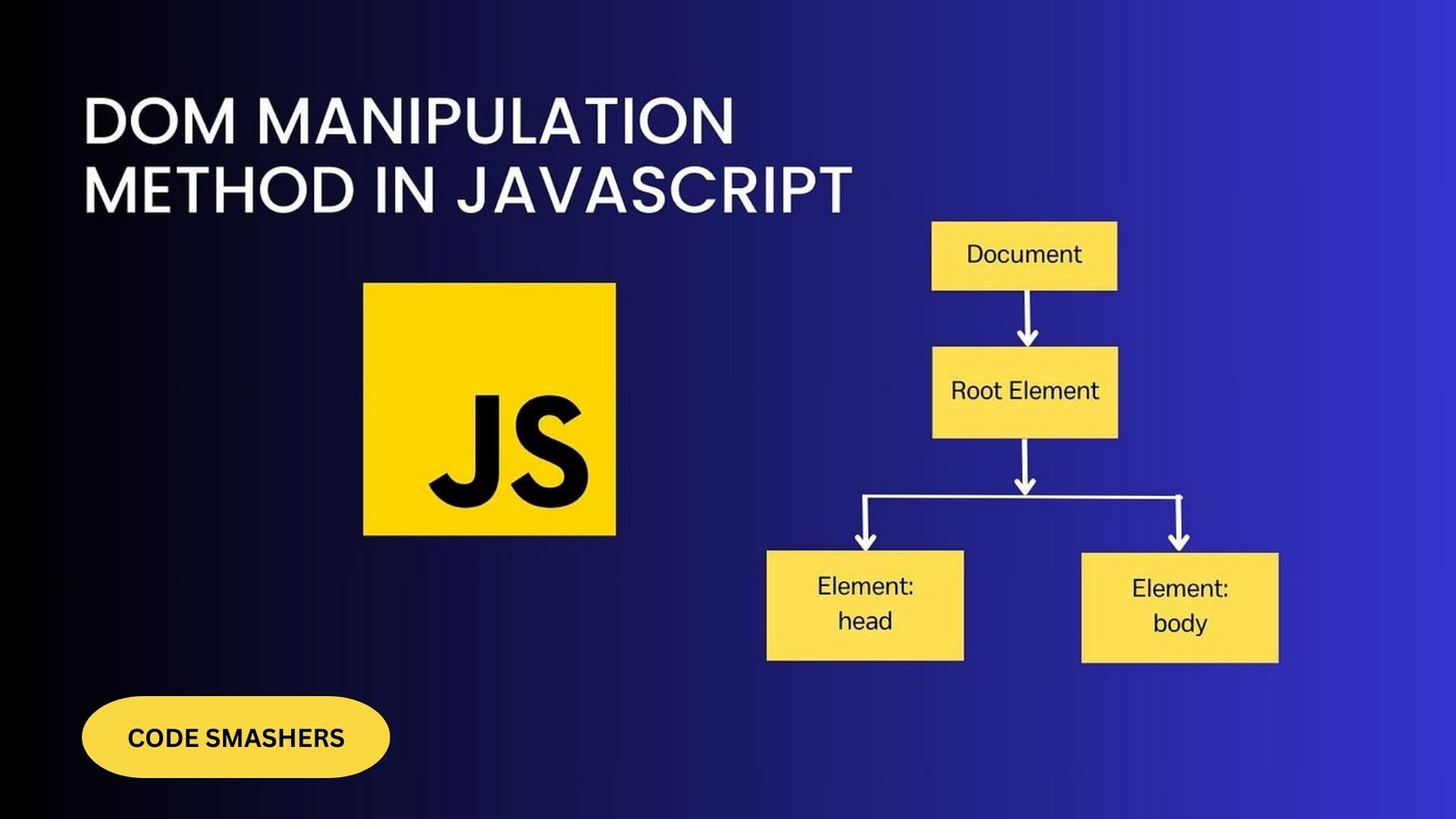Ever wondered how interactive web pages come to life? The secret lies in the powerful combination of event handling and DOM manipulation in JS Javascript. Whether you’re a budding developer or a seasoned coder looking to refine your skills, understanding these concepts is crucial. In this post, we’ll explore the ins and outs of event handling and DOM manipulation, ensuring you can create dynamic and responsive web applications.

Introduction to Event Handling and DOM Manipulation
JS Javascript is a versatile language that allows developers to add interactivity to web pages. The Document Object Model (DOM) and events are the essential components of this interactivity. In this article, we’ll cover everything from basic concepts to advanced techniques, providing practical examples along the way.
Key Concepts and Importance
Before we dive into the details, let’s briefly discuss why event handling and DOM manipulation are essential. Events are events—such as clicks, keystrokes, or mouse movements—that take place within the browser. DOM manipulation involves changing the structure, content, or style of the web page dynamically. Together, these techniques enable developers to create engaging and user-friendly interfaces.
Understanding JS Javascript Events
Types of Events and Their Significance
Events in JS Javascript are numerous and varied. From simple clicks to complex gestures, each event type serves a unique purpose. Common events include `click`, `keypress`, `mouseover`, `submit`, and many more. Understanding these events is the first step in making your web pages interactive.
Adding Event Listeners to Elements
The main JS Javascript technique for registering event handlers is the `addEventListener` method. Its syntax is straightforward:
element.addEventListener(‘event’, function);
This method takes the event type and the function to execute when the event occurs. It’s a flexible approach that allows multiple handlers for the same event type.
Event Listener Options
Capture and Bubble
JS Javascript events follow a specific flow that includes capturing and bubbling phases. By default, events bubble from the innermost element to the outermost. However, you can control this behavior using event listener options:
element.addEventListener(‘event’, function, useCapture);
Setting `useCapture` to `true` makes the event capture during the capturing phase instead of the bubbling phase.
Using event Object Properties
When an event occurs, the browser creates an `event` object containing useful information about the event. This object includes properties like `target`, `type`, and `currentTarget`. Accessing these properties allows you to respond to events more effectively.
Handling Different Event Types
Clicks, Keypresses, and Other Common Events
Handling different types of events requires specific techniques. For instance, `click` events are straightforward:
document.getElementById(‘button’).addEventListener(‘click’, function(event) {
console.log(‘Button clicked!’);
})
For `keypress` events, you can detect which key was pressed:
document.addEventListener(‘keypress’, function(event) {
console.log(‘Key pressed:’, event.key);
});
Event Delegation
An effective method for managing events is event delegation, which makes use of event bubbling. Instead of adding listeners to multiple child elements, you add a single listener to a parent element. This streamlines code management and boosts performance.
document.getElementById(‘parent’).addEventListener(‘click’, function(event) {
if (event.target.matches(‘.child’)) {
console.log(‘Child element clicked!’);
}
});

Introduction to DOM Manipulation
Basic Concepts and Methods
DOM manipulation involves altering the document structure, content, or styles using JS Javascript. The `document` object provides methods to interact with the DOM, such as `createElement`, `appendChild`, and `removeChild`.
Selecting DOM Elements with querySelector
The `querySelector` method is a powerful way to select DOM elements using CSS selectors:
const element = document.querySelector(‘.class’); // Selects the first element with the specified class
This method can target elements by class, ID, attribute, and more.
Manipulating Element Content with innerHTML
The HTML content of an element can be set or obtained using the {innerHTML} attribute. It’s useful for updating the content dynamically:
document.getElementById(‘content’).innerHTML = ‘New content!’;
Modifying Element Attributes and Styles
To change element attributes and styles, you can use methods like `setAttribute`, `getAttribute`, and inline styles:
element.setAttribute(‘class’, ‘newClass’); // Sets a new class
element.style.color = ‘blue’; // Changes the text color to blue
Creating and Inserting New DOM Elements
Creating new elements and adding them to the DOM can be done using methods such as `createElement` and `appendChild`:
const newElement = document.createElement(‘div’);
newElement.textContent = ‘Hello, World!’;
document.body.appendChild(newElement);
Removing Elements from the DOM
You can use the `remove} or `removeChild{ methods to remove elements:
const element = document.getElementById(‘toBeRemoved’);
element.remove(); // Removes the element from the DOM
Event Propagation
Capturing and Bubbling Phases
Events move in two stages through the DOM: bubbling and capturing. Understanding these phases is crucial for effective event handling. During the capturing phase, events travel from the root to the target element. In the bubbling phase, events travel back up from the target to the root.
Stopping Event Propagation with stopPropagation
You can prevent events from propagating using the `stopPropagation` method:
element.addEventListener(‘click’, function(event) {
event.stopPropagation();
console.log(‘Click event stopped from bubbling.’);
});
Preventing Default Behavior with preventDefault
Some events have default behaviors, such as form submissions or link navigation. You can prevent these behaviors using the `preventDefault` method:
form.addEventListener(‘submit’, function(event) {
event.preventDefault();
console.log(‘Form submission prevented.’);
});

Custom Events and Event Dispatching
Creating and Triggering Custom Events
Custom events allow you to define and dispatch your events:
const customEvent = new Event(‘customEvent’);
element.dispatchEvent(customEvent);
Handling Asynchronous Events and Callbacks
Managing events in asynchronous scenarios requires thoughtful planning. Promises, async/await, and callback functions can help ensure asynchronous code executes correctly.
Advanced Custom Event Handling Techniques
Custom event handling involves creating events tailored to specific functionality within your application, allowing for more flexible and controlled interaction. Here are some advanced techniques to enhance the processing of custom events:
Adding Data to Custom Events
When creating custom events, you can include additional information crucial for the event-handling logic by using the `CustomEvent` constructor. This constructor allows you to pass data through the `detail` property:
JS Javascript
const customEvent = new CustomEvent(‘customEvent’, { detail: { key: ‘value’ } });
element.dispatchEvent(customEvent);
Listening for Custom Events
Custom events can be handled similarly to built-in events by adding a listener to the target element:
JS Javascript
element.addEventListener(‘customEvent’, function(event) {
console.log(‘Custom event data:’, event.detail);
});
Using Namespaced Custom Events
To avoid conflicts, especially in larger applications, it’s advisable to use namespaced custom events. This naming convention ensures that your custom events do not interfere with other event handlers:
JS Javascript
const namespacedEvent = new CustomEvent(‘namespace:customEvent’);
element.dispatchEvent(namespacedEvent);
Batching and Debouncing Custom Events
In performance-sensitive applications, it is sometimes necessary to batch or debounce custom events to prevent excessive function execution:
- Batching: Aggregate multiple events over a short period into a single handler execution to reduce overhead.
- Debouncing: Delay the triggering of an event handler until after a specified period of inactivity.
JS Javascript
let debounceTimeout;
element.addEventListener(‘customEvent’, function(event) {
clearTimeout(debounceTimeout);
debounceTimeout = setTimeout(() => {
console.log(‘Debounced event handler executed.’);
}, 300);
});
By employing these techniques, developers can effectively manage custom events, ensuring better performance and reliability within JS Javascript applications.
The Impact of Event Handling
Event handling significantly influences the efficiency and responsiveness of web applications. Proper handling ensures that user interactions are processed smoothly, providing real-time feedback and dynamic functionality. When events are managed well, applications become more interactive, allowing users to engage with content seamlessly without experiencing noticeable lags or interruptions.
However, inefficient event handling can lead to performance issues, particularly in applications with complex event hierarchies or frequent event triggers. Techniques like debouncing and throttling help mitigate such issues by controlling how often event handlers are invoked. Moreover, understanding event propagation phases, such as capturing and bubbling, enables developers to precisely control event execution order precisely, preventing unintended behavior and enhancing the user experience. Ultimately, event handling is a cornerstone of modern web development, shaping how applications respond to users and adapt to a wide range of interactions.

Performance Considerations in Event Handling and DOM Manipulation
Best Practices for Efficient Code
Efficient event handling and DOM manipulation improve the performance of your web applications. Key practices include:
- Minimizing DOM access
- Debouncing or throttling event handlers
- Using event delegation
Real-World Examples and Applications
Practical uses of event handling and DOM manipulation abound. For instance, a dropdown menu that changes its content based on user interaction can be implemented with event listeners and `innerHTML`. A form that validates inputs as the user types utilizes event listeners for `input` events, providing real-time feedback.
Conclusion
In summary, mastering JS Javascript event handling and DOM manipulation unlocks a world of possibilities for creating interactive web applications. These techniques empower developers to build responsive and dynamic web pages, enhancing user experience and engagement. By following best practices and leveraging efficient code, you can harness the full potential of JS Javascript to craft innovative solutions.
For those eager to deepen their knowledge and skills, exploring additional resources and experimenting with practical examples are excellent next steps. Happy coding!

